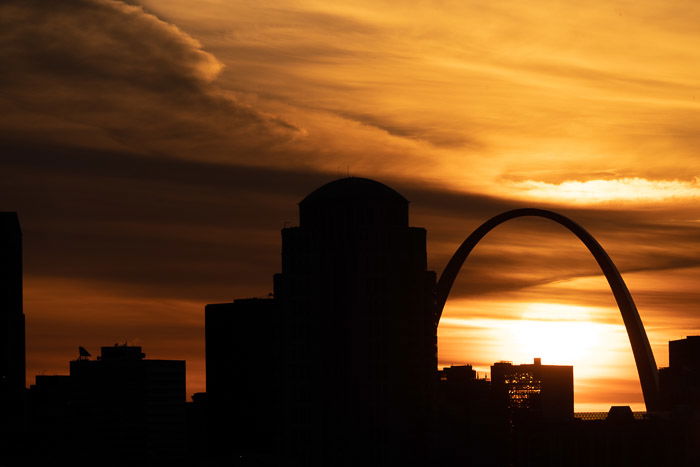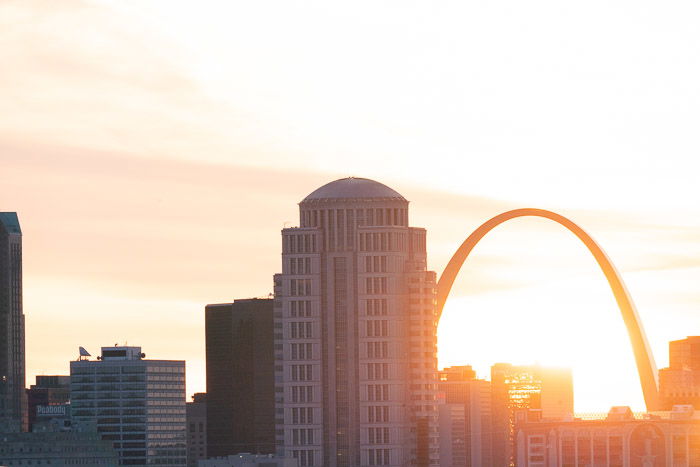Why You Should Be Shooting in Raw (8 Important Reasons)
When it comes to photography, there are a lot of different file formats to choose from. JPEGs, RAWs, and TIFFs are the three most popular formats, but what’s the difference between them? And which one should you be using?
JPEGs are the most common format, and they’re good for general use. They’re compressed so they take up less space on your hard drive, and they’re easy to edit. However, because they’re compressed, they lose some detail in the image.
RAW files are uncompressed, so they take up more space on your hard drive but they retain all of the image data. This makes them ideal for editing because you have more information to work with. That’s pros love shooting in RAW. However, RAW files are not as easy to edit as JPEGs.
TIFF files are also uncompressed, and like RAW files they retain all of the image data. But unlike RAW files, TIFF files can be edited in Photoshop without losing any quality in the image.
Shooting In Raw: What is a Raw File?
Raw is a generic term that refers to an uncompressed unprocessed file format. This is the file created by your camera that includes the most information it is capable of collecting from a scene. This information includes the range of light, the light's temperature, and the variety of colors.
Most mid-to-high end cameras give you the choice of shooting in raw or JPEG format. You switch to shooting raw in your camera's menu system. Each company has a specific raw file format. Sony cameras create ARW files. Nikon uses an NEF file format. Canon creates either CR2 or CR3 files. DNG is a universal raw image format created by Adobe. It is used by many devices including some smartphone apps like Lightroom mobile.
Open raw files using post-processing software like Lightroom or Capture One. As files are unfinished, they need to be processed before they are ready to share.
Why you Should Shoot Raw Photos
1. Capture the Most Detail
Raw files capture and save the most detail. There is no sense in buying a camera with a lot of megapixels just to throw them away.
With my Sony A7R3, a raw file is about 85MB. The best JPEG file my camera can produce is around 16MB. The JPEG file is about 1/5th the size of the raw file. The files are not the same. A lot of information was lost when my camera compressed the JPEG file. If you are worried about storage space, then shoot in JPEG. But most of us want our cameras to take the best image possible.
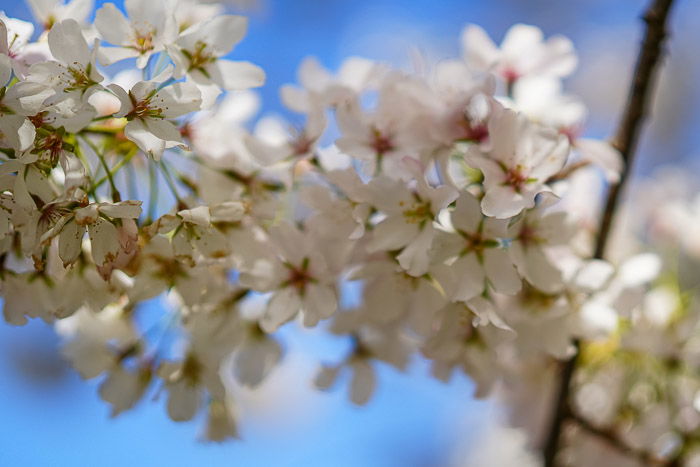
I set my camera to take both a raw and a JPEG image. The raw file was 85.5 MB. The JPEG file was 16.8 MB.
Raw image files will be larger than JPEG because of all the detail collected. This is a good thing. You get to decide which details stay and which are unimportant. Storage is inexpensive. You may need to buy larger SD cards or an external hard drive to hold your raw images. But with each image, you are saving more information.
2. Better Brightness Adjustments
Each generation of digital cameras seems to increase dynamic range. Dynamic range is the ability to capture gradations in light from the darkest shadows to the brightest highlights.
JPEGs are smaller because they throw out some of the collected information. Your camera may be collecting thousands of levels of brightness throughout a scene. But the JPEG is limited. The raw image has much more information in the shadows and the highlights than a JPEG. You can use this information when post-processing the photo to bring out detail in the shadows or the highlights.
You have much more flexibility when it comes to adjusting an over-or underexposed image. In this image, my camera metered for the sun. This made the skyline a silhouette. It looks like there is no detail in the buildings at all. Because I shot in raw, I can bring out a lot of detail in the buildings. I can decide how to balance the light from the sunrise and the skyline.
3. Better White Balance Adjustments
The ability to adjust white balance is one of the main reasons that photographers shoot raw photos. White balance is the temperature of the light. Light falls on a scale between cool with a bluish tint to warm with a yellow one. We can set our cameras to record the temperature of the light in a scene. But this can be tricky if there is a mix of light sources or the light is changing.
It is much easier to set your camera on auto white balance and fix the temperature in post-processing. Raw files let you adjust the light temperature. You can match what you remember about the scene or create a mood. A JPEG uses the white balance selected by your camera.
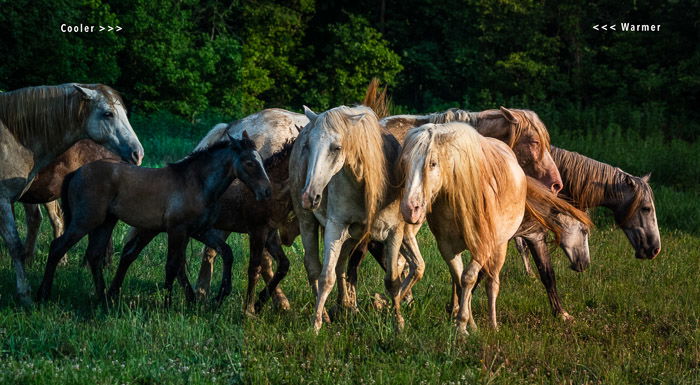
White balance on raw file adjusted from cool to warm in Lightroom.
4. Create a Personal Style
Most professional photography is shot in raw. This format gives the most flexibility when editing photos later. Professional photojournalists and sports photographers may shoot in JPEG when they send images directly from their camera to a news outlet. They do not have time to post-process the pictures.
But post-processing is central to digital photography. The style and look you get when post-processing your images are unique to you. Letting your camera make post-processing decisions means that your photography will end up looking like everyone else's.
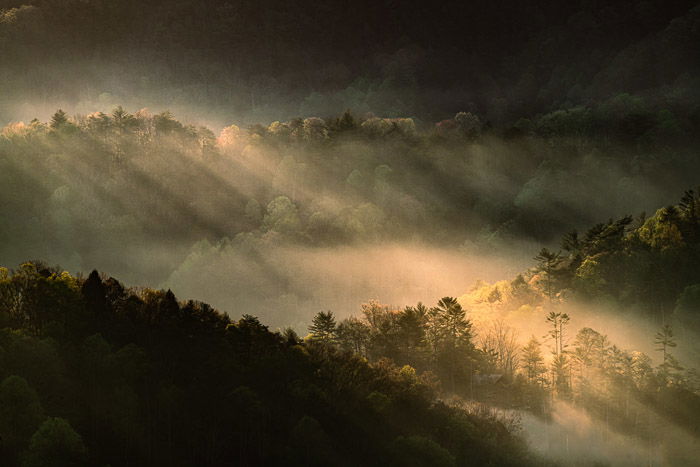
Raw allows me to lighten or darken aspects of the scene. This adds a personalized look to my images.
5. More Colors to Work With
JPEG files save 256 shades of color. This seems like a lot until you know that raw files collect more than 65,000 shades of color. A JPEG takes all the colors in the scene and reduces them down to just a few hundred. This is one reason a JPEG is smaller than a raw image. But you cannot get these colors back. They are gone for good.
With JPEG images, you may see banding. Banding is where color gradation is not smooth. Colors jump suddenly from a darker to a lighter shade. This means that there are missing colors in between the shades.
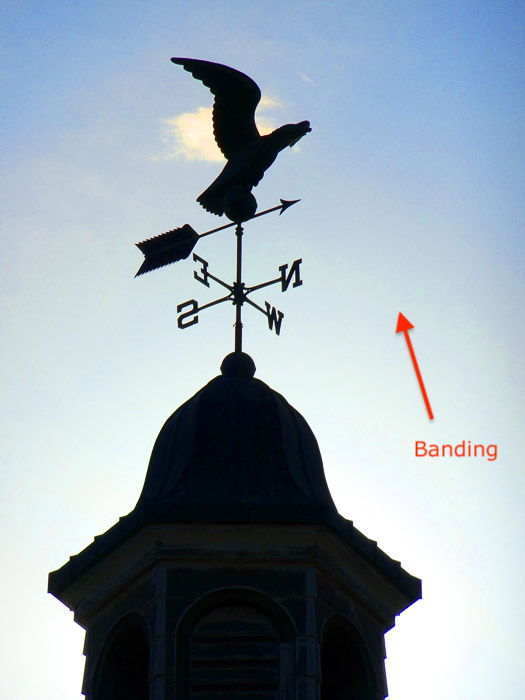
JPEG image showing banding in the sky. There is an abrupt change in the color of the sky rather than a gradual change in blue.
6. Non-Destructive Photo Editing
Raw photos are meant to be post-processed. Programs like Lightroom keep you from changing a file permanently. But in other programs, changes saved to a JPEG file become permanent. Unless you specifically save the JPEG under another name, your changes are baked into the file. This includes cropping. The information that you cropped out is gone for good. If you make the photo dark and save it, it will be impossible to restore detail in the shadows.
Raw files are never permanently changed by the post-processing program. The original file is always there. You can go back to the original file and start again.
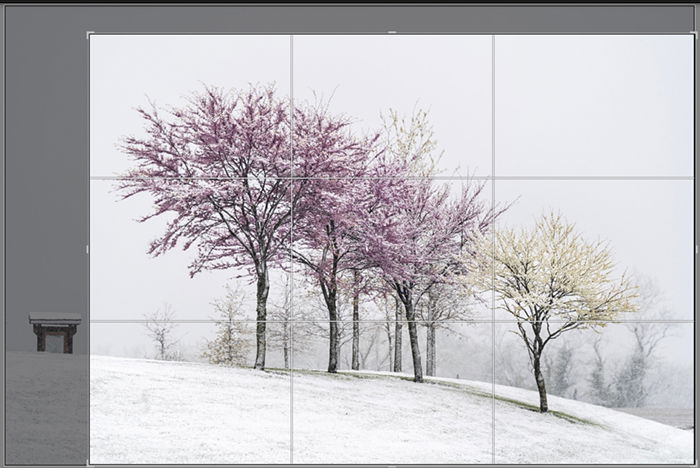
When I crop a raw file, the information is still available. I can always change my mind later.
7. More Resizing Options
You can make a photo smaller. But it is much more difficult to resize an image to make it larger. Raw photos start larger than JPEGs. You have a lot of options when exporting the file. You can make it small enough to post on social media or large enough to print on a billboard. You can save a raw file as a JPEG, a PNG, or a TIFF. These files can be widely shared.
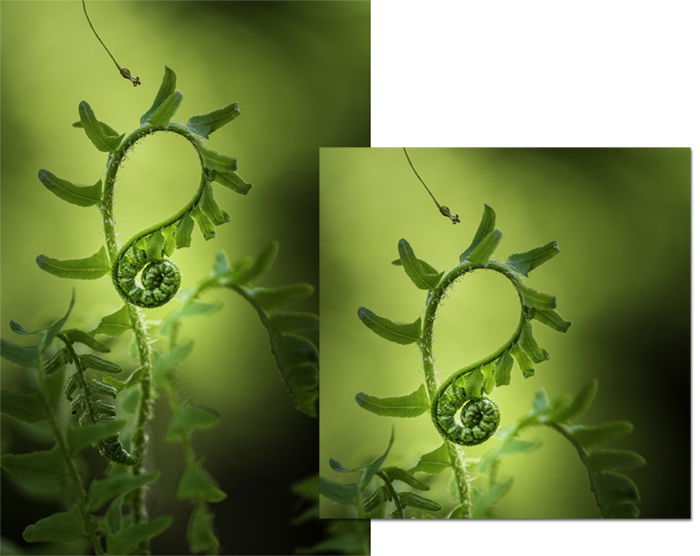
The original Raw file (left) is 85.5 MB. The JPEG file (below) formatted for Instagram is 226 KB. I can reformat an image to be smaller, but I can’t make the smaller image larger.
8. Print Better Quality Images
Printing will show errors or artifacts in your image that might not be so apparent on a screen. For instance, you might see noise in the shadows or banding. Raw files let you save larger images. This gives you the option to print larger.
JPEGs are locked into a color space. Color space is how colors are created by combining red, green, and blue. The most popular color space for screens is sRGB. But CMYK is a larger color space and is better for printing. This topic is too complicated for this article. But if you shoot in raw, you have the option of switching between color spaces.
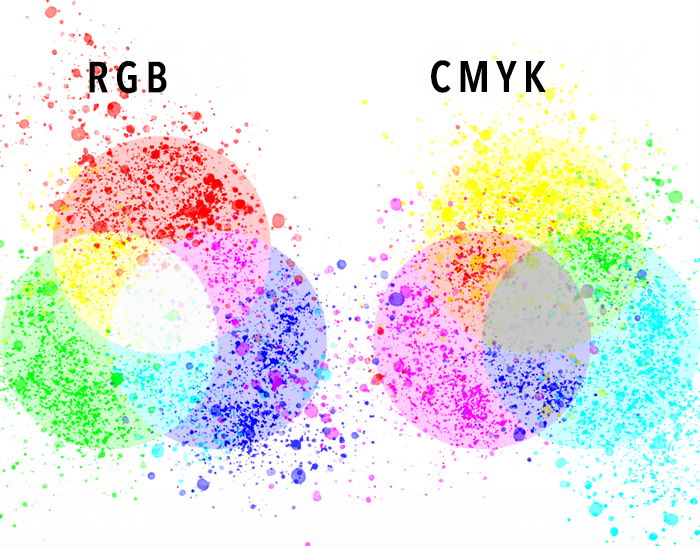
Color space is about how colors combine to create the colors we see in our images.
Conclusion
When deciding on raw vs JPEG, you should know there are some disadvantages to raw files. The file sizes are large, and at some point in your photography career, storage becomes an issue. You also must post-process the images and save them in a format you can share.
Don't spend money on an expensive camera and hours learning how to post-process images only to throw away important data. Raw records all the information your camera's sensor is capable of. Whether you use the image data is up to you, but you have it. And you will always have it. If a new post-processing program comes out in the future that cleans noise from your high ISO images, you can use it on your raw photos. There is no sense in buying expensive gear if your photos will be the same as everyone else's.
For more tips and tricks to make your images stand out, read our guide to Wow Factor Photography
